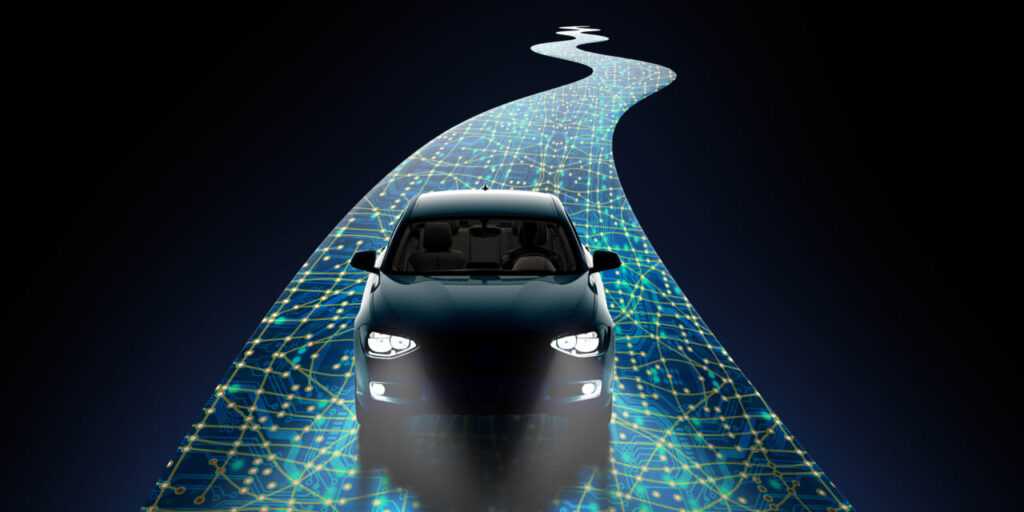In college, I worked for the grocery chain Trader Joe’s. Years later, the Hawaiian shirts left my closet and I no longer got an employee discount on my beloved cookie-butter ice cream, but one thing has stuck with me. Kaizen. It is a Japanese business philosophy that TJ’s adopted and is something I try to apply to my life.
What does Kaizen mean?
Kaizen means constant incremental improvement. It is a simple enough idea. Daily minor improvements lead to more significant performance improvements overall.
Today, automakers are taking a similar approach, constantly tweaking their lineups through over-the-air updates. Year after year, vehicle hardware continues to be developed, but it now has the unique ability — quite literally — to change the vehicle in your driveway overnight. Features can be added, improved upon, or refined.
This, however, is a double-edged sword because what can be given can be taken. Just because your car includes a particular feature today does not necessarily mean your car will continue to hold that feature or at least the original functionality. This is a stark change to vehicles of the past, where models were time capsules of the day they rolled off the assembly line. In 2024, this can’t be said anymore. Changes to drive unit programming, infotainment, and safety systems are becoming more common among nearly all manufacturers.
Also see: How does this car seem to run on almost nothing? It’s really quite something
Implications of the digital present
As a millennial who has grown up around the adoption of the internet and the birth of smartphones, I have no problem with an evolving platform. Change the product, and I can adapt to it. But that’s not the case with all drivers. I came to this realization this Christmas as my mother was driving my Tesla
TSLA,
Model 3. Overnight, the 2023 Holiday update introduced changes to the driver assistance system and added a new 3-D parking monitor. I have no problem adapting to these new tweaks, whereas someone like my mom could easily be lost and frustrated.
And frustration doesn’t begin to describe the feeling BMW
BMW,
owners felt after the automaker announced it would start adding subscriptions for everyday features. How would you like to pay $18 a month for heated seats, $10 a month for a remote start, or $8 a month for high-beam assist?
Furthermore, open code means there is room for problems to arise. Recently, Rivian
RIVN,
blamed “a fat finger where the wrong build with the wrong security certificates was sent out” and said it “may require physical repair in some cases.” Chevy also recently pulled the Blazer EV from sales after owners reported problems with infotainments freezing and some units refusing to charge.
Related: American drivers are falling out of love with the latest car designs and tech, study finds
The simplicity technology affords
It is not all doom and gloom, though. Often, fixes that used to mean service appointments can now be addressed without leaving home. The above-mentioned Tesla Autopilot changes were issued due to a National Highway Traffic Safety Administration recall. They were rolled seamlessly to Tesla owners with a tap of a button on their phones.
Most added features come free with the download of some ones and zeroes. If we have anything to learn from the phones in our pocket, it is that the public loves getting added functionality. And getting that for nothing? Well, that is just icing on the cake.
See: 10 new cars worth waiting for
The road ahead
It remains to be seen what the future holds for the automobile. But one thing is obvious: software and hardware will have to work harmoniously for the next generation of people movers. Like everything, we will undoubtedly have speed bumps as we find our way. Business models will be tested, and software snafus will happen. Still, I have hope that the changes we are seeing today will allow our vehicles to evolve at an exponential rate tomorrow.
This story originally ran on Autotrader.com.
Read the full article here












